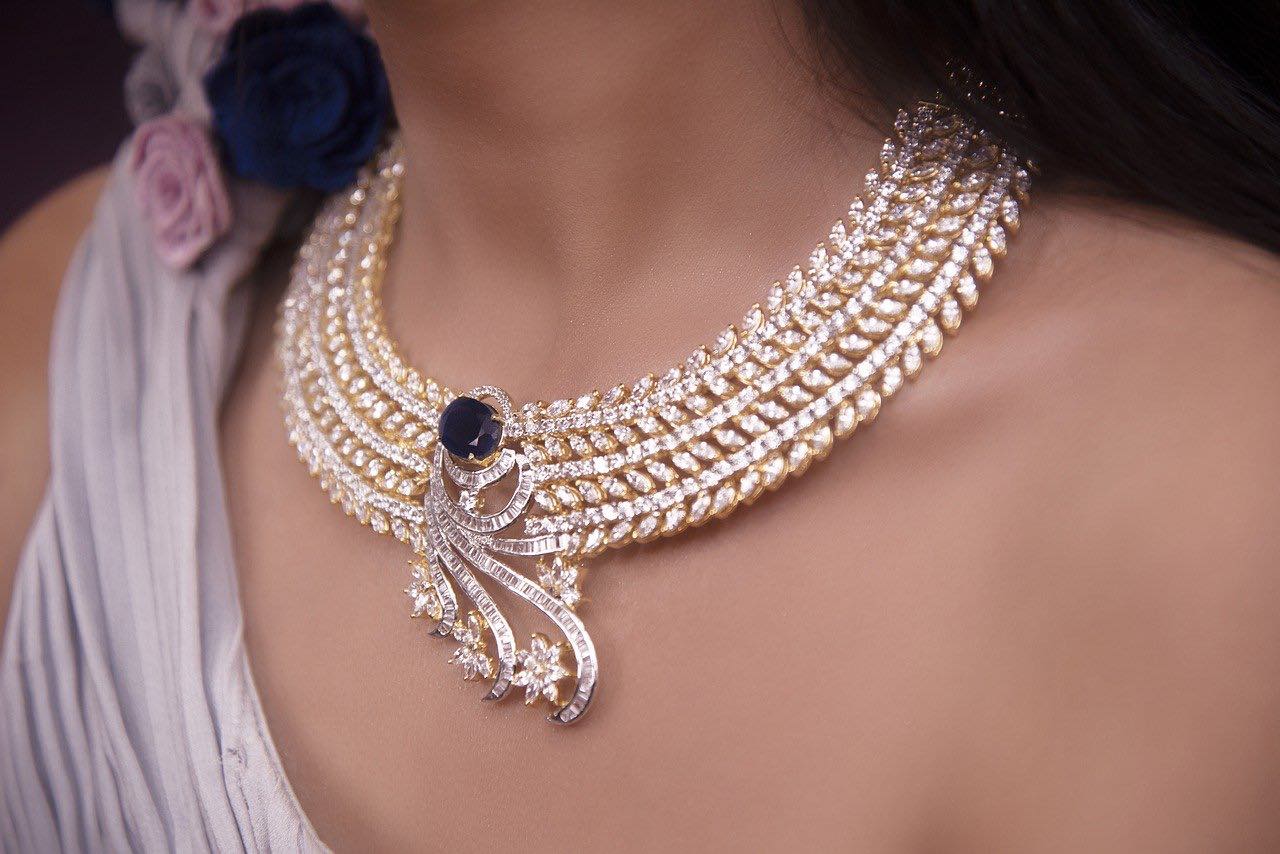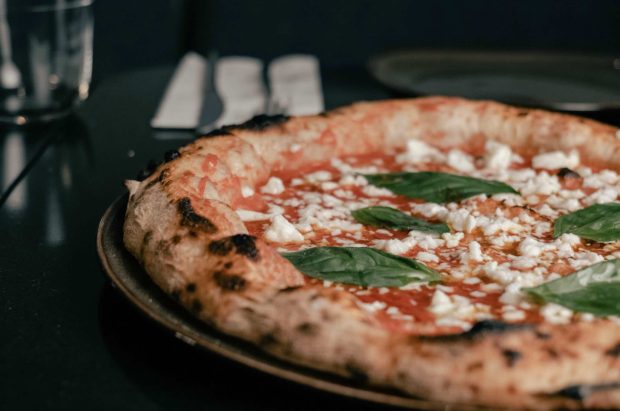Jewelry has played a significant role in human culture for centuries, serving both as embellishments and representations of one’s social status, affection, and individuality. The craft of jewelry making has evolved over time, with contemporary interpretations gradually replacing conventional methods. In this article, we delve into the fascinating world of jewelry making, tracing its historical roots and exploring the innovations of the modern era.
Traditional Techniques: A Rich Heritage
- Handcrafted Jewelry: Thousands of years ago, artisans meticulously crafted jewelry by hand, laying the foundation for the art of jewelry making. This traditional approach often involved essential tools and techniques like soldering, forging, and casting. Many cultures developed their unique styles, from the intricate filigree work of India to the timeless elegance of Egyptian goldsmithing.
- Gemstone Cutting: Precious and semi-precious gemstones have always held a special place in jewelry making. Traditional gemstone cutting required meticulous precision to reveal the inner beauty of each stone. Over centuries, artisans honed techniques such as cabochon cutting and faceting to create dazzling gems.
- Enamel Work: Enameling is an ancient technique that involves applying powdered glass onto metal to create vibrant and durable designs. Jewelry artisans used this technique to adorn jewelry pieces with intricate patterns and colorful motifs, adding a touch of artistry to adornments.
- Filigree and Granulation: Passed down through generations, filigree is the delicate art of shaping fine wires into intricate designs, and granulation is the process of attaching small metal balls to a surface. These techniques add a sense of delicacy and detail to jewelry pieces.
Modern Adaptations: A Blend of Tradition and Technology
While traditional jewelry-making techniques remain revered, modern jewelers have embraced technological advancements to enhance their craft. Here are some ways in which contemporary jewelry makers have adopted various innovations:
- CAD (Computer-Aided Design): CAD technology has revolutionized jewelry design by allowing designers to create intricate 3D models. This helps them customize and render complex pieces with precision before physically crafting them.
- 3D Printing: 3D printing has opened up new possibilities for jewelry makers. It enables the rapid prototyping of designs and the creation of intricate, impossible-to-craft-by-hand shapes and structures.
- Laser Cutting and Engraving: Laser technology has made it possible to engrave detailed designs and patterns with exceptional accuracy. People also use it for cutting and shaping metal and gemstones.
- Ethical and Sustainable Practices: Modern jewelry makers are increasingly conscious of ethical and sustainable practices, choosing to source materials responsibly, which includes selecting conflict-free diamonds and eco-friendly metals. This shift underscores the growing awareness of the environmental and ethical impacts of production.
- Contemporary Styles: Contemporary designs have witnessed the fusion of traditional elements with innovative concepts. Jewelry artists are experimenting with unconventional materials like wood, plastics, and ceramics, creating pieces that defy conventional notions of adornment.
Gemstone Varieties: A World of Color and Brilliance
Gemstones are nature’s treasures, each possessing a distinct charm and characteristic. Here are the four main categories of gemstones and their place in the jewelry world:
- The Big Four: In the realm of precious gemstones, the “Big Four“—diamonds, rubies, sapphires and emeralds—are highly coveted. Each gemstone possesses a unique allure and significance.
- Birthstones: Birthstones are often chosen to represent one’s birth month, giving them a special place. From January’s garnet to December’s turquoise, each birthstone carries its own meaning and symbolism.
- Semi-Precious Gems: Jewelry makers often turn to many semi-precious gemstones beyond the Big Four. Amethyst, citrine, topaz, and others offer a spectrum of colors and affordability for creative designs.
- Cabochon vs. Faceted: Gemstone cutting techniques significantly influence a gem’s appearance. Explore the difference between cabochon-cut gems with smooth, rounded surfaces and faceted gems with multiple flat surfaces that enhance their sparkle.
H2: Cultural Influences: Diverse Inspirations in Jewelry Making
- Indian Jewelry: India has a rich tradition of jewelry making, becoming renowned for its use of intricate designs, colorful gemstones, and spiritual symbolism. Discover the significance of the mangalsutra, jhumka, and tikka in Indian culture.
- Native American Jewelry: Native American tribes have a deep connection to jewelry, often incorporating turquoise, silver, and feathers in their designs. Learn about the symbolism behind dreamcatcher earrings, squash blossom necklaces, and more.
- African Beadwork: Africa has a long history of beadwork, with beads symbolizing everything from wealth and fertility to protection and spirituality. Explore the diverse beadwork traditions across the continent.
- Mesoamerican Treasures: Ancient Mesoamerican civilizations, such as the Aztecs and Maya, created stunning jewelry pieces adorned with intricate hieroglyphs and representations of deities. Uncover the mysteries and significance behind their jewelry.
The Timeless Appeal of Jewelry Making
With its rich historical significance and potential for creative advancement, jewelry making continues to captivate the imaginations of skilled artisans and passionate enthusiasts. Whether dedicated to the meticulous craftsmanship of time-honored methods or embracing the latest technological innovations, jewelry symbolizes artistic expression, cultural heritage, and personal identity.
As we move forward, the fusion of tradition and technology within the jewelry-making realm promises an exhilarating future marked by boundless artistic ingenuity and aesthetic allure. Whether you are an experienced jeweler or an aspiring artist, jewelry making beckons with limitless prospects for exploration and creative expression.







